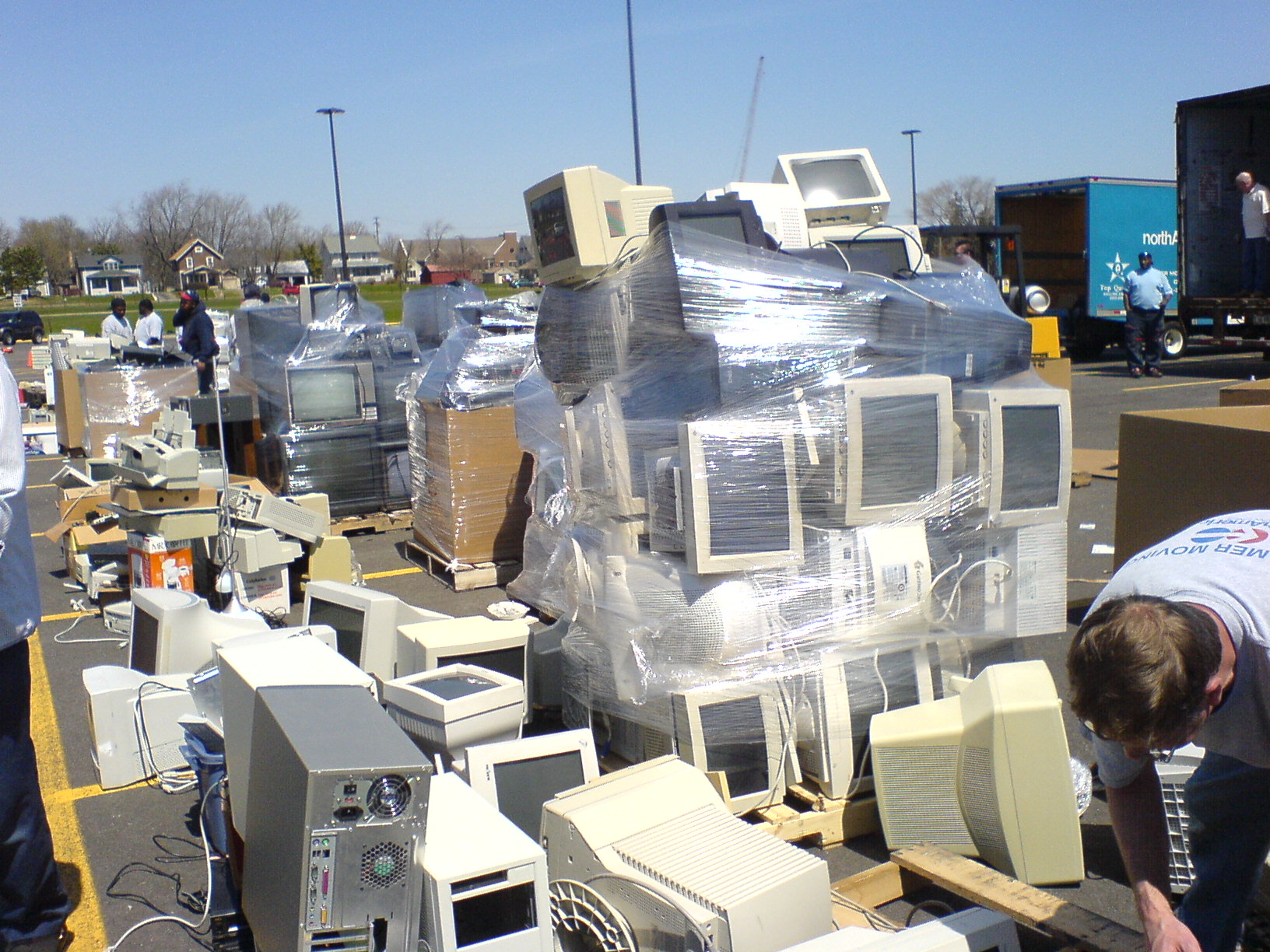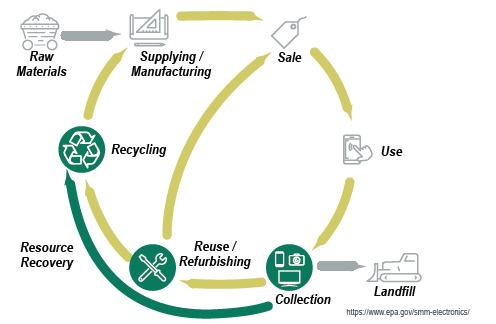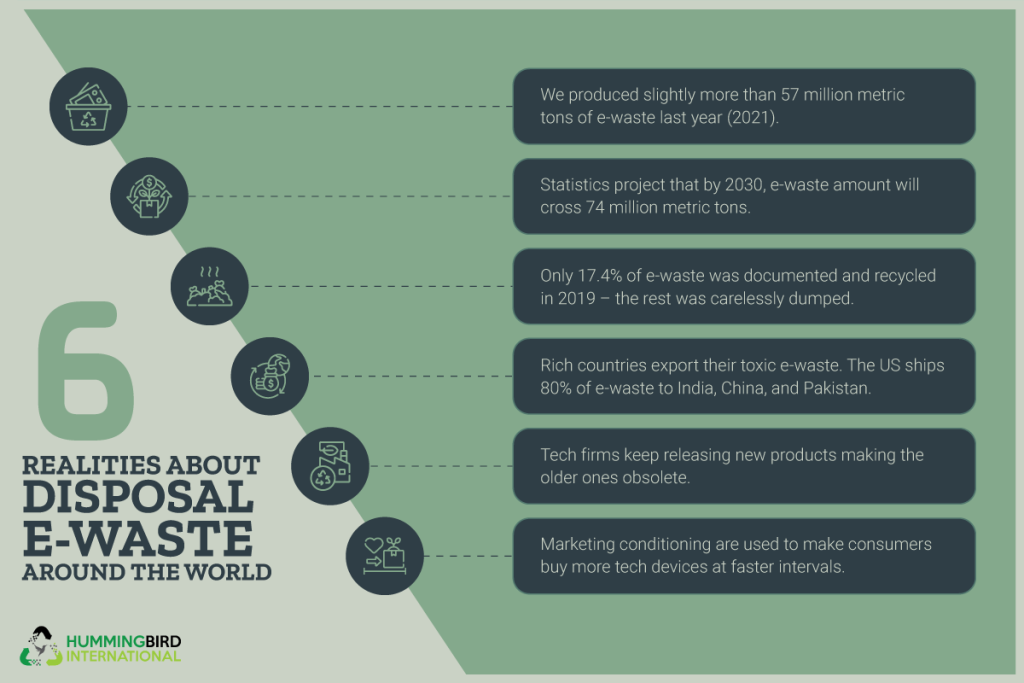The Greatest Guide To Recycling Lives Services
Table of ContentsSome Of Recycling Lives ServicesSome Ideas on Recycling Lives Services You Need To KnowThe smart Trick of Recycling Lives Services That Nobody is Talking AboutAbout Recycling Lives ServicesRecycling Lives Services for Beginners

Additionally, all Oxfordshire local authorities approve vapes and e-cigarettes as a separate kerbside collection. Just how they are accumulated in each location differs somewhat; check you have the correct details for your location.
Mobile batteries the kind you find in tiny handheld tools can additionally be recycled at the kerbside but not inside any one of your bins. Examine the Waste Wizard for exactly how to do this in your area. Bigger stores that market batteries additionally have collection points for recycling old batteries. Batteries need to always be eliminated from electric items where they are created to do so and reuse individually, Energy-saving, LED and compact fluorescent light bulbs and tubes can be recycled at our reusing centres.
Recycling Lives Services - An Overview
Older-style filament or halogen light bulbs can be disposed of in your general rubbish bin at home. Some Do it yourself shops also have collection factors for light bulbs.

Fascination About Recycling Lives Services
Electric products are broken down right into different pasts so that the various products they are made up of can be removed and reused. Waste recycling centres are for usage by householders just and can not accept waste from business sources.
E-waste, digital waste, e-scrap and end-of-life electronics are terms frequently utilized to explain used electronics that are nearing the end of their helpful life, and are thrown out, contributed or offered to a recycler. The UN specifies e-waste as any kind of discarded items with a battery or plug, and includes toxic and unsafe materials such as mercury, that can position severe risk to human and ecological health.
The Only Guide to Recycling Lives Services
Just 17.4% of this digital waste, including a mixture of damaging compounds and valuable products, will certainly be taped as find here being properly gathered, treated and recycled - https://www.goodreads.com/user/show/182346883-zona-beardsley. Many initiatives are embarked on to tackle this expanding issue, yet none of them can be completely reliable without the energetic role and right education and learning of customers

Moreover, mining thrown out electronic devices produces 80% much less exhausts of carbon dioxide per unit of gold compared with mining it from the ground. In 2015, the extraction of raw materials made up 7% of the world's energy consumption. This indicates that relocating towards the usage of even more second raw materials in digital items might help significantly within the targets established out in the Paris Arrangement on climate adjustment.
The Ultimate Guide To Recycling Lives Services
Every device ever before generated has a carbon footprint and is adding to human-made international warming. Manufacture a tonne of laptop computers and possibly 10 tonnes of carbon dioxide are given off. When the carbon dioxide launched over a device's life time is thought about, it mostly happens during production, before customers get an item. This makes lower carbon processes and inputs at the manufacturing phase (such as use recycled resources) and product life time crucial components of overall ecological influence.
Even in the EU, which leads the world in e-waste recycling, just 35% of e-waste is formally reported as effectively collected and recycled. Globally, the standard is 20%; the continuing to be 80% is undocumented, with much winding up hidden under the ground for centuries as landfill. E-waste is not naturally degradable. The lack of reusing weighs heavily on the worldwide electronic industry and as tools become more numerous, smaller sized and more complicated, the problem escalates.
The continuing to be mass of e-waste mainly plastics laced with steels and chemicals poses a much more intractable problem. A brand-new vision for the manufacturing and usage of digital and electrical products is needed. It is very easy for e-waste to be mounted as a post-consumer issue, yet the concern incorporates the lifecycle of the tools everyone utilizes.